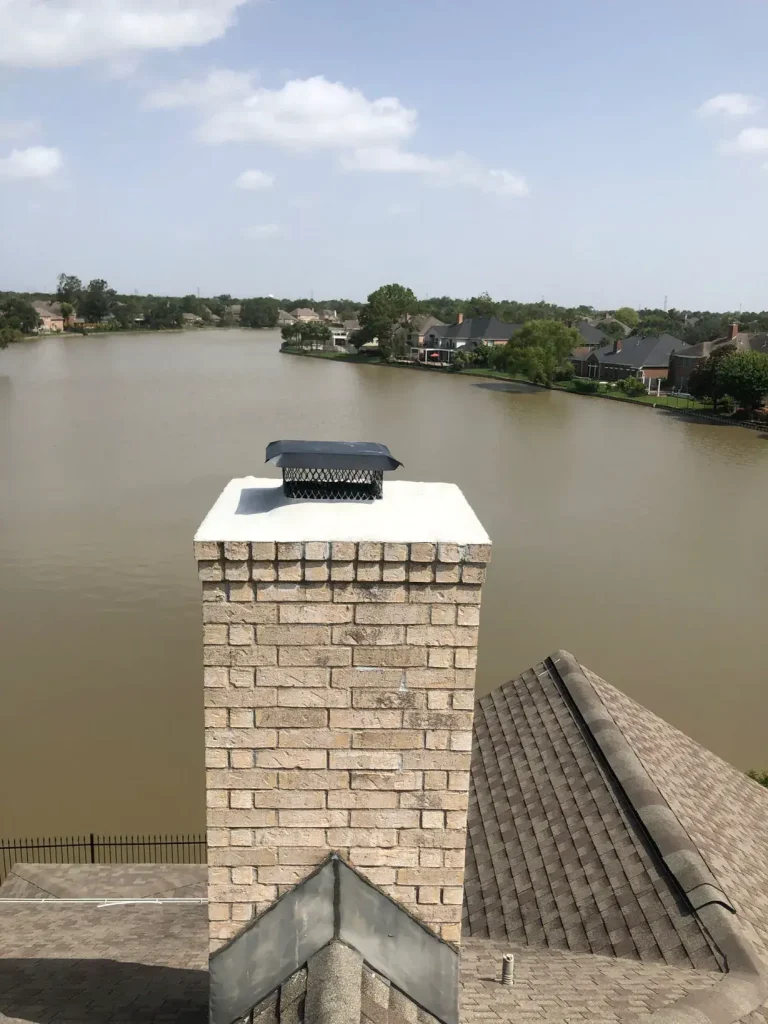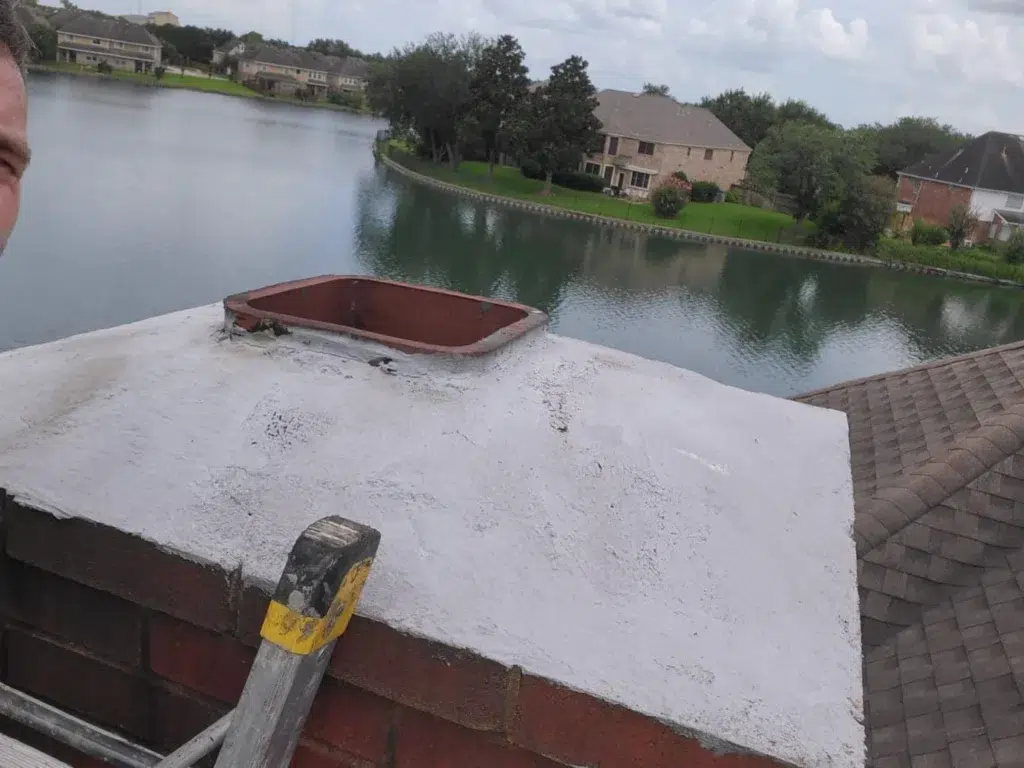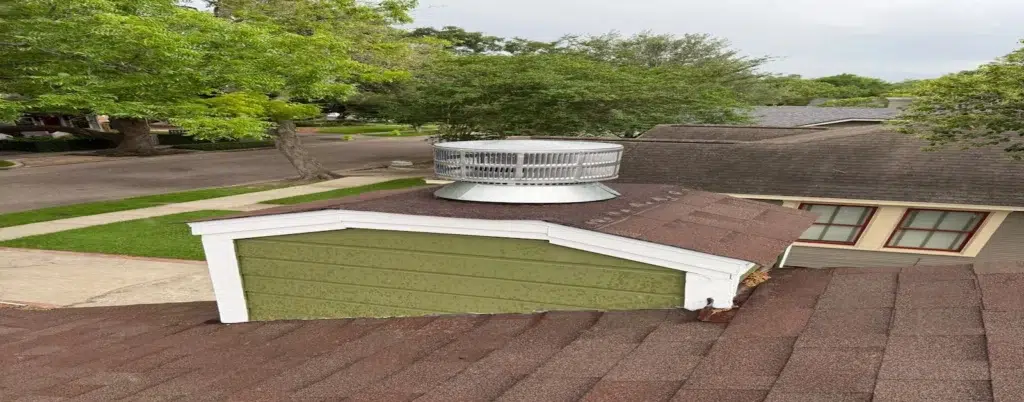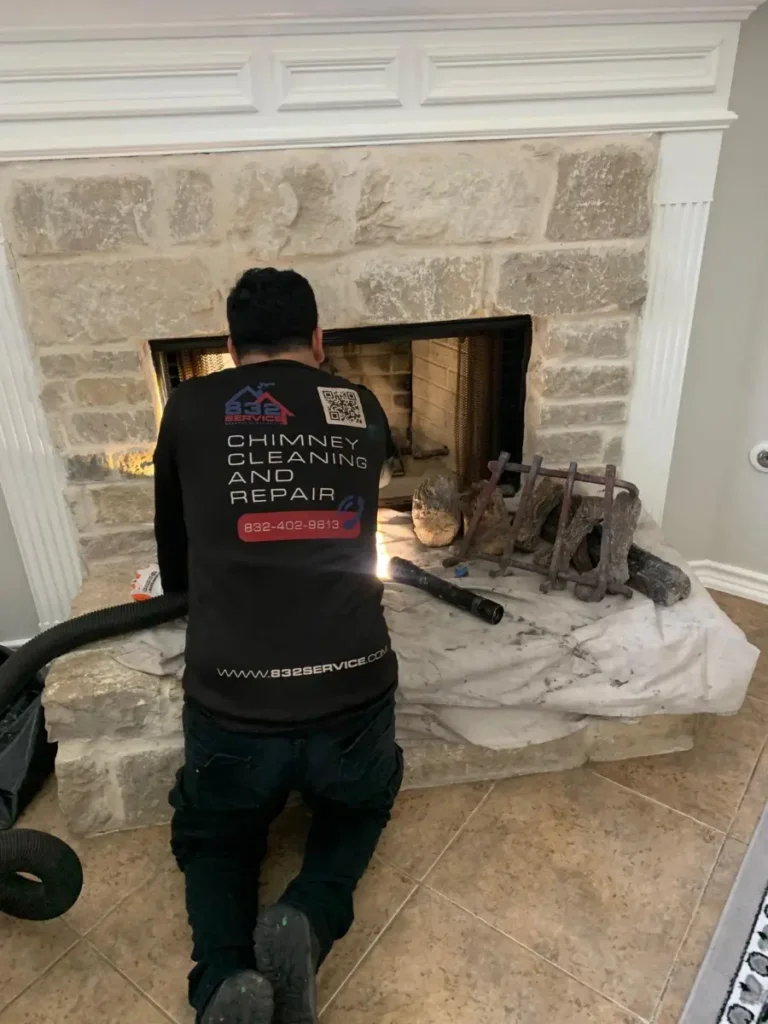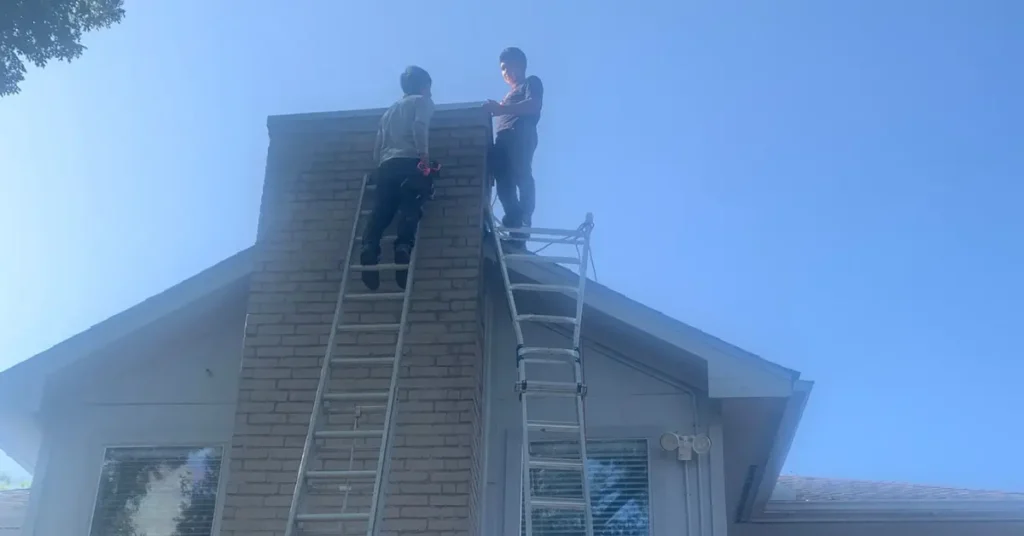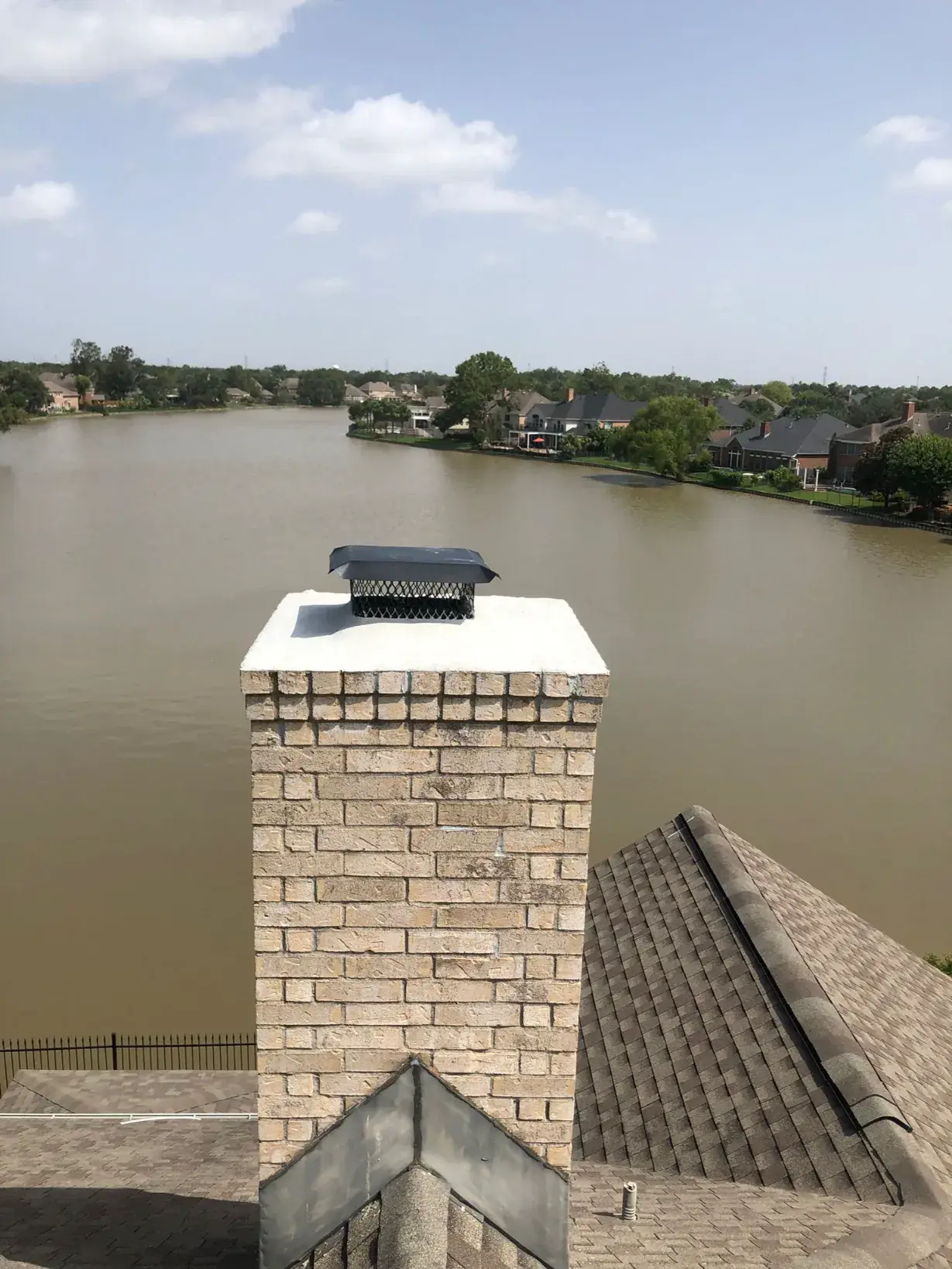Ever wondered what makes some flues safer than others? Let’s talk about proper classification of exhaust systems for your home. Understanding the different types of chimney pipe can save you money, prevent fires, and ensure your heating appliance works efficiently. We’ll break down the basics of proper ventilation systems and help you figure out which one is right for your needs.

Why Learning To Class A Chimney Pipe Is Important
Safety comes first when dealing with heat and smoke in your home. The wrong type of chimney pipe can lead to house fires or dangerous carbon monoxide leaks. Each year, thousands of home fires start from improperly installed flues or using the wrong classification for your heating appliance.
Learning about proper classification isn’t just about safety, though. It’s also about efficiency and saving money. The right chimney pipe helps your stove or fireplace burn fuel more efficiently, which means lower heating costs for you. Plus, proper installation can extend the life of your heating system.
The Major Differences Between Chimey Pipe Classes
There are basically two main classifications you’ll need to know about for residential use. Each serves a specific purpose and works with different heating appliances. Knowing which chimney pipe you need depends on what you’re venting.
The classification system exists to make sure the right materials are used for specific heating situations. It’s kind of like having the proper electrical wiring for different appliances – using the wrong one can lead to serious problems.
Class A Chimney Pipe
This is the heavy-duty option designed for high-heat appliances like wood stoves, fireplaces, and pellet stoves. These exhaust systems feature triple-wall construction with insulation between the walls. This design keeps the outer wall cool while the inner wall handles extreme temperatures.
Class A chimney pipe must pass rigorous testing to earn their rating. They’re built to contain not just normal operating temperatures but also chimney fires, which can reach incredibly high temperatures. Installation requires precise clearances to combustible materials, usually around 2 inches.
Benefits & Cons
The benefits of Class A systems include:
- Maximum safety for high-temperature appliances
- Can be used with all fuel types (wood, coal, oil, gas)
- Longer lifespan – typically 15-25 years
- Reduced risk of house fires
- Usually approved for use in all areas of your home
The downsides? They’re more expensive than other options. Installation is also more complex and often requires professional help. These systems are heavier and bulkier too, which can make them harder to work with in tight spaces.
Class B Chimney Pipe
This lighter-duty option is specifically designed for venting gas appliances. These double-wall flues have an inner wall of aluminum and an outer wall of galvanized steel. The air space between provides some insulation, but nowhere near what Class A offers.
You’ll typically see these used with gas furnaces, water heaters, and some fireplace inserts. They’re more affordable and lighter weight, making installation easier in many cases. However, they have strict limitations on use.
Benefits & Cons
The advantages of Class B flues include:
- More affordable than Class A options
- Lighter weight and easier to handle
- Simpler installation process
- Takes up less space in your home
- Suitable for most gas appliances
The biggest disadvantage is their limited application. You absolutely cannot use these with wood-burning appliances or anything that produces high heat. They also typically have a shorter lifespan than Class A systems, usually around 10-15 years.
Final Thoughts On Chimney Pipe Classes
Choosing the right classification isn’t something to take lightly. Your safety and the efficiency of your heating system depend on making the correct choice. When in doubt, consult with a certified professional who can assess your specific setup.
Remember that building codes often dictate which chimney pipe you’ll need for your particular installation. These codes exist for good reason – to keep you and your family safe. The small extra investment in the proper exhaust system pays off with peace of mind and long-term performance.
Our Google Reviews
Trustindex verifies that the original source of the review is Google. Raphael did an excellent job with our cleaning. On time, clear communication and professional to deal with. Highly recommended.Trustindex verifies that the original source of the review is Google. Rafael was working with a neighbor when we met. He assessed the state of my chimney , took photos, explained where all the areas of concern were and the described what would be required to keep things safe and stable. Raphael was informative and straightforward, no pressure and he was very kind. he and his helper did the work exactly as he stated in a timely manner. I would highly recommend recommend for any repairs, Quality work. Thank you 832 Home Service and RaphaelTrustindex verifies that the original source of the review is Google. Great service. Provided good consultation and service. I would reach out to them for vent cleaning everytime.Trustindex verifies that the original source of the review is Google. Excellent cleaning service.Trustindex verifies that the original source of the review is Google. Highly recommended amazing service and they did a great jobTrustindex verifies that the original source of the review is Google. The team was very helpful and knowledgeable, they took their time I Had a great experience with them. They were on time, professional, and did a thorough job cleaning my chimney. The fireplace works so much better now, and I feel safer using it. If you need chimney cleaning in Houston, I highly recommend them!Trustindex verifies that the original source of the review is Google. HIGHLY recommend I had wasp in my house that apparently came from my chimney ! They found the hole and took care of it! Also, did a deep clean after a while I didn’t clean. I’m so so happy ! Also , did a crown repair . Guys, can’t recommend enough!Trustindex verifies that the original source of the review is Google. You guys are awesome!!! I had an amazing experience From start to finish, they were professional, efficient, and detail oriented. provided great suggestions, and delivered high quality work on time and within budget. The crew was friendly, hardworking, and left everything clean after the job was done. I highly recommend themTrustindex verifies that the original source of the review is Google. I looked into several companies in Houston, Texas,, that could do a thorough chimney cleaning and repair, and this company was the most professional and highly recommended! I will definitely use their services in the future and highly recommend them to anyone interested in a safe chimney. Many thanks to the team that assisted us! 🙏🏻Trustindex verifies that the original source of the review is Google. These guys were awesome!!!!! They cleaned my dryer for a very good price and were fast!Verified by TrustindexTrustindex verified badge is the Universal Symbol of Trust. Only the greatest companies can get the verified badge who has a review score above 4.5, based on customer reviews over the past 12 months. Read more
FAQ
What is a pellet vent pipe?
A pellet vent pipe is a special type of chimney pipe designed specifically for pellet stoves. They’re usually smaller (3-4 inches in diameter) and can handle the unique exhaust from burning compressed wood pellets. These pipes don’t need as much insulation as regular wood-burning systems since pellet stoves produce lower temperatures and less creosote.
How does an insulated chimney pipe affect my fireplace?
An insulated chimney pipe boosts your fireplace’s efficiency big time! The insulation keeps the flue gases hot, creating stronger draft that pulls smoke up and out of your home. This means better heat output, less creosote buildup, and reduced fire risk. You’ll enjoy a cleaner, hotter fire that’s safer and uses less fuel.
How do you class a Chimney System?
Classing a chimney system comes down to temperature ratings and construction. Check what your heating appliance needs first. For wood stoves, you need Class A pipes rated for 2100°F with triple-wall construction. Gas appliances can use Class B. Always follow manufacturer specs and local building codes for proper classification.

